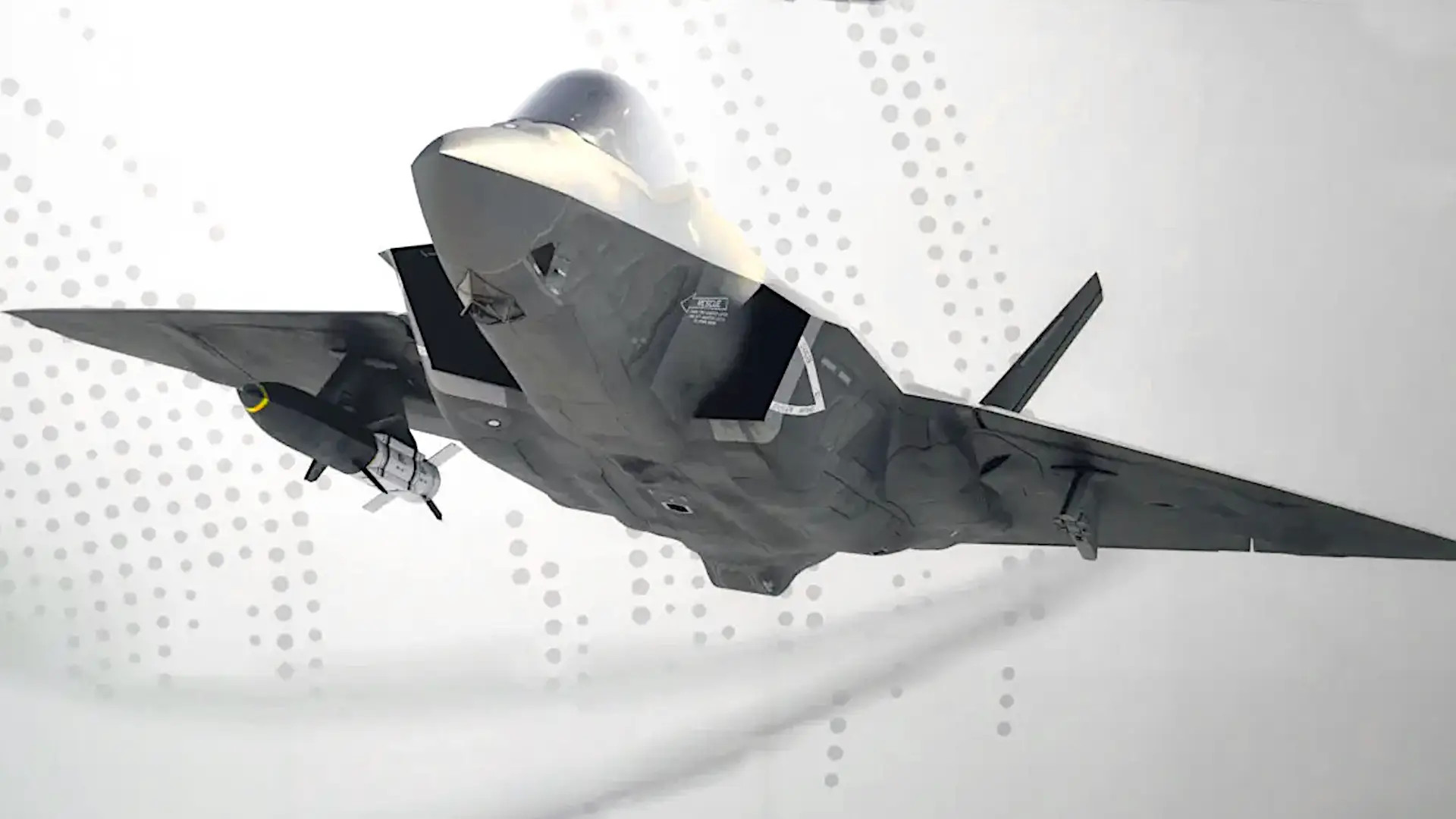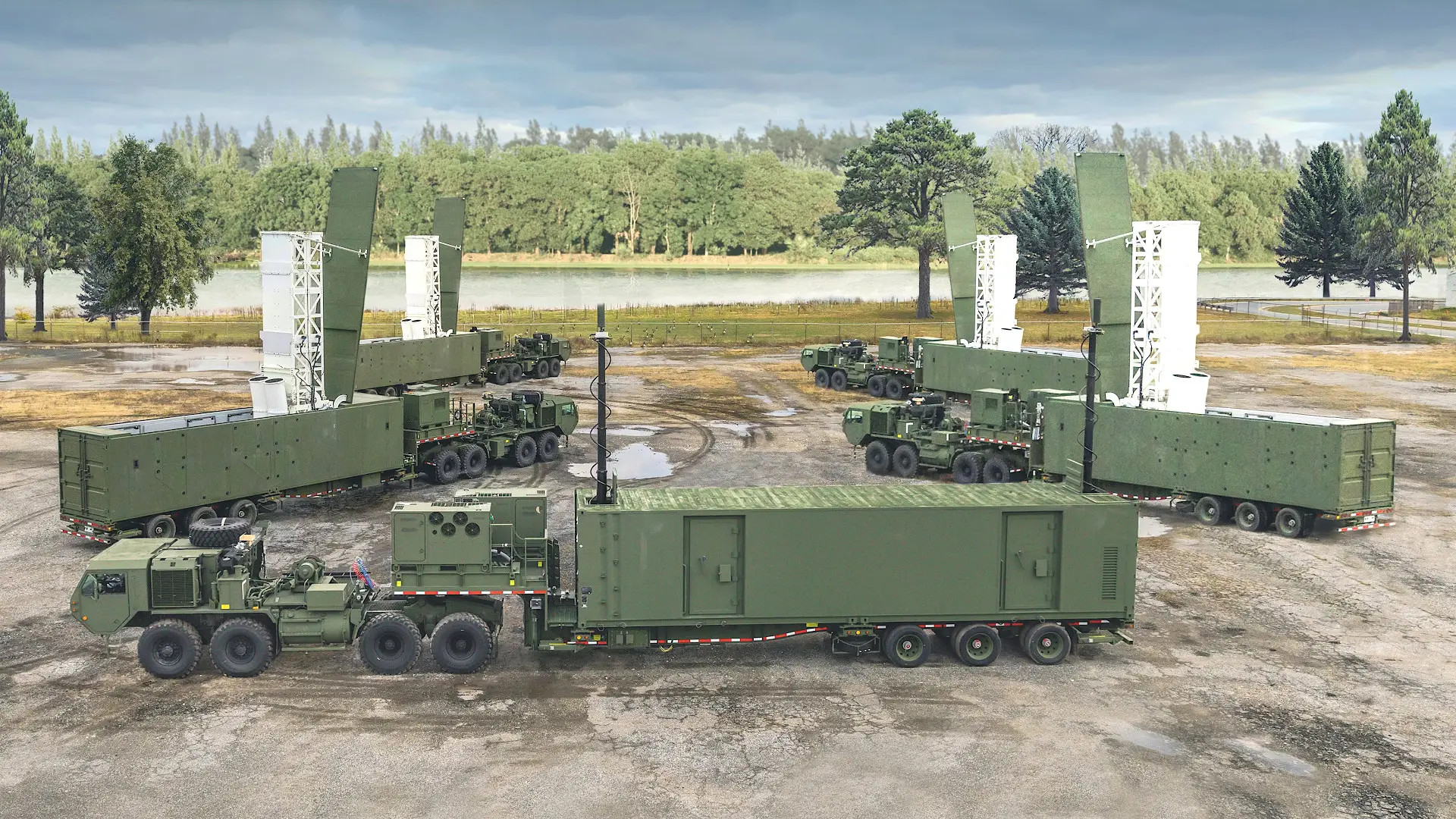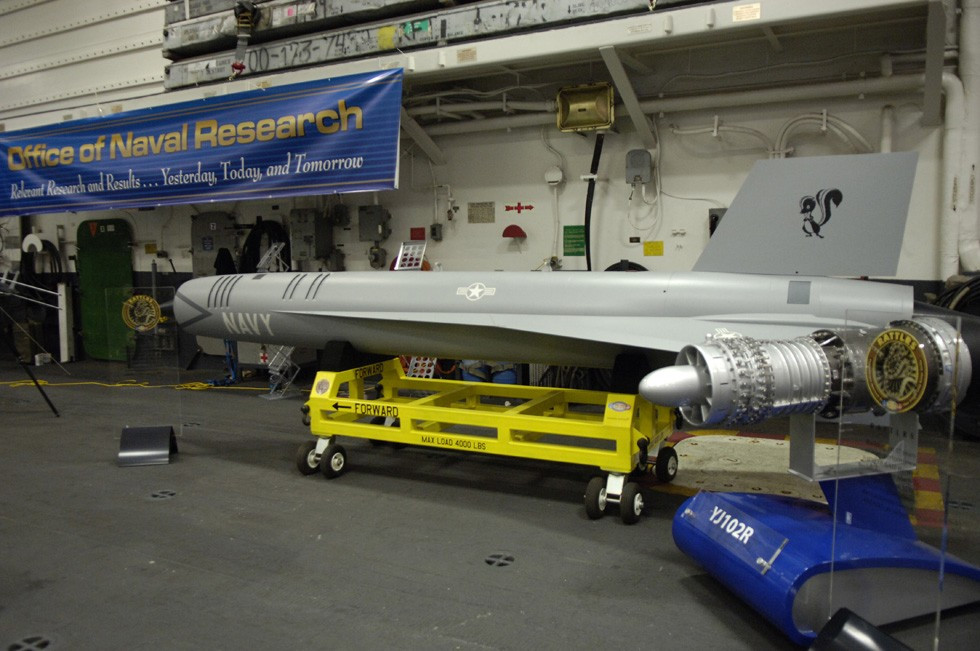An air-launched air-breathing hypersonic anti-ship cruise missile that is now in development for the U.S. Navy could also arm its ships and submarines. This would give Navy surface and subsurface fleets an entirely new category of naval strike capability. The service has already described its future hypersonic anti-ship missile as essential for tackling advanced naval threats in high-end conflicts, such as one in the Pacific against China.
Details about the Navy’s plans for what is formally called the Hypersonic Air-Launched Offensive Anti-Surface Warfare (HALO) program were included in documents posted online as part of a recent contracting announcement. The announcement was not about HALO, specifically, but had to do with the award of a sole-source contract to Lockheed Martin to support the integration of the AGM-158C Long-Range Anti-Ship Missile (LRASM) onto the F-35 Joint Strike Fighter. HALO is also known as the Offensive Anti-Surface Warfare (OASuW) Increment 2. LRASM, which is a Lockheed Martin product and is in service now, is the weapon the Navy chose for the larger OASuW program’s Increment 1.
The Navy awarded contracts to Raytheon and Lockheed Martin in March 2023 to develop competing missiles for HALO. Details about the designs are scant, but they are widely believed to be powered by advanced ramjet or scramjet engines.

“The acquisition strategy for Increment 2 HALO system is currently structured as a Middle Tier Acquisition rapid prototyping program with a flight demonstration planned in FY27,” according to a justification and approval document related to the LRASM integration contract. “The Increment 2 HALO MTA is planned as a competition for multiple launch platform capabilities (air, surface, and subsurface).”
U.S. government agencies have to formally justify their reasons for awarding contracts without a typical competitive bidding process and submit them for approval. The document in question is dated 2022 and The War Zone has reached out to the Navy for more information about the current state of its HALO plans.
“OASuW Inc 2/HALO will be a carrier-suitable, higher-speed, longer-range, air-launched weapon system providing superior Anti Surface Warfare capabilities,” is how the Navy describes the program in its 2025 Fiscal Year budget request, which was released in March. “OASuW Inc 2/HALO will address advanced threats from engagement distances that allow the Navy to operate in, and control, contested battle space in littoral waters and Anti-Access/Area Denial (A2/AD) environments.”

Giving Navy ships and submarines, as well as aircraft, this kind of anti-ship capability would make good sense.
As it stands now, the Navy’s surface fleets continue to rely heavily on Harpoon anti-ship missiles, the newest versions of which have maximum ranges of around 75 miles, for engaging enemy vessels. Much longer-range Tomahawk cruise missiles, able to reach targets out to around 1,000 miles, have a demonstrated anti-ship capability and the service is acquiring Maritime Strike Tomahawk (MST) variants optimized for this role. The Navy has also been working to add stealthy Naval Strike Missiles (NSM), which can strike targets around 100 miles away, to the arsenals of its two subclasses Littoral Combat Ships (LCS). NSM is also set to be part of the armament package on the service’s future Constellation class frigates. All of these missiles are subsonic.



There is the multi-purpose SM-6, which can also be used in a quasi-ballistic mode against ships and targets ashore, as well. The missile, which has an estimated maximum range of some 230 miles, can also be used to engage various tiers of aerial threats, including ballistic and hypersonic missiles in the terminal stages of their flights.

Harpoon is the primary anti-ship missile option available to the Navy’s submarine community. At least some Navy submarine classes are expected to be able to employ MST versions of the Tomahawk in the future, as well.

The Navy does have plans to arm its Zumwalt class stealth destroyers and future Block V Virginia class submarines with the Intermediate Range Conventional Prompt Strike (IRCPS) hypersonic missile. This weapon is different from HALO in that it is designed around an unpowered boost-glide vehicle, a category of hypersonic weapon you can read more about here. IRCPS is also expected to be a low-density weapon reserved primarily for striking very high-value and well-protected strategic-level targets like major air defense and other command and control nodes.

HALO would therefore give Navy ships and submarines a new way to strike at an opponent’s ships rapidly, even at extended ranges. The weapon’s hypersonic speed would also present complications for shipboard defenses and just generally reduce the time enemy forces have to react.
Using a common core air-breathing hypersonic anti-ship cruise missile design for air, surface, and subsurface launch applications presents benefits when it comes to acquisition and sustainment, as well. Economies of scale could help reduce the unit costs of the missiles and common supply chains could help keep support costs low.
A ship-launched version of HALO could potentially translate to a ground-launched configuration that might be of interest elsewhere in the U.S. military. The U.S. Marine Corps is already fielding ground-based launchers for NSM and Tomahawk, while the Army and Navy have their own land-based launch systems capable of firing SM-6s and Tomahawks.

In the air-launched realm, the Air Force is also pursuing an air-breathing hypersonic cruise missile under its Hypersonic Attack Cruise Missile (HACM) program. HACM is primarily intended to “hold fixed, high value, time-sensitive targets at risk,” according to Air Force budget documents.
Leveraging the winning HALO design for use beyond the air-launched mode would also help explain the curious absence of any other known Navy plans to field a hypersonic anti-ship cruise missile on its ships and submarines. Other countries, including America’s chief competitors China and Russia, are developing and fielding their own hypersonic cruise missiles, including for maritime strike applications.
The Navy has explored multiple faster-flying anti-ship cruise missile concepts, including as part of a parallel effort to the original LRASM program, in the past. Between the 2000s and early 2010s, the service had also been working on a very long-range cruise missile with high-supersonic speed called Revolutionary Approach To Time-critical Long Range Strike (RATTLRS) before it disappeared from the public eye with little explanation. Lockheed Martin’s Skunk Works was the lead contractor RATTLRS. None of these past projects are known to have evolved into operational weapons.


The Navy has also previously tested a surface-launched version of the subsonic (and stealthy) LRASM, but has not adopted it. An extended-range version of the air-launched LRASM, which features a number of other upgrades over earlier versions, is now in development, as you can read more about here.

Whether or not the Navy ultimately fields surface or subsurface-launched versions of HALO, and when, does remain to be seen.
The service’s goal currently is to begin fielding at least air-launched HALO missiles no later than Fiscal Year 2029.
Contact the author: joe@twz.com
